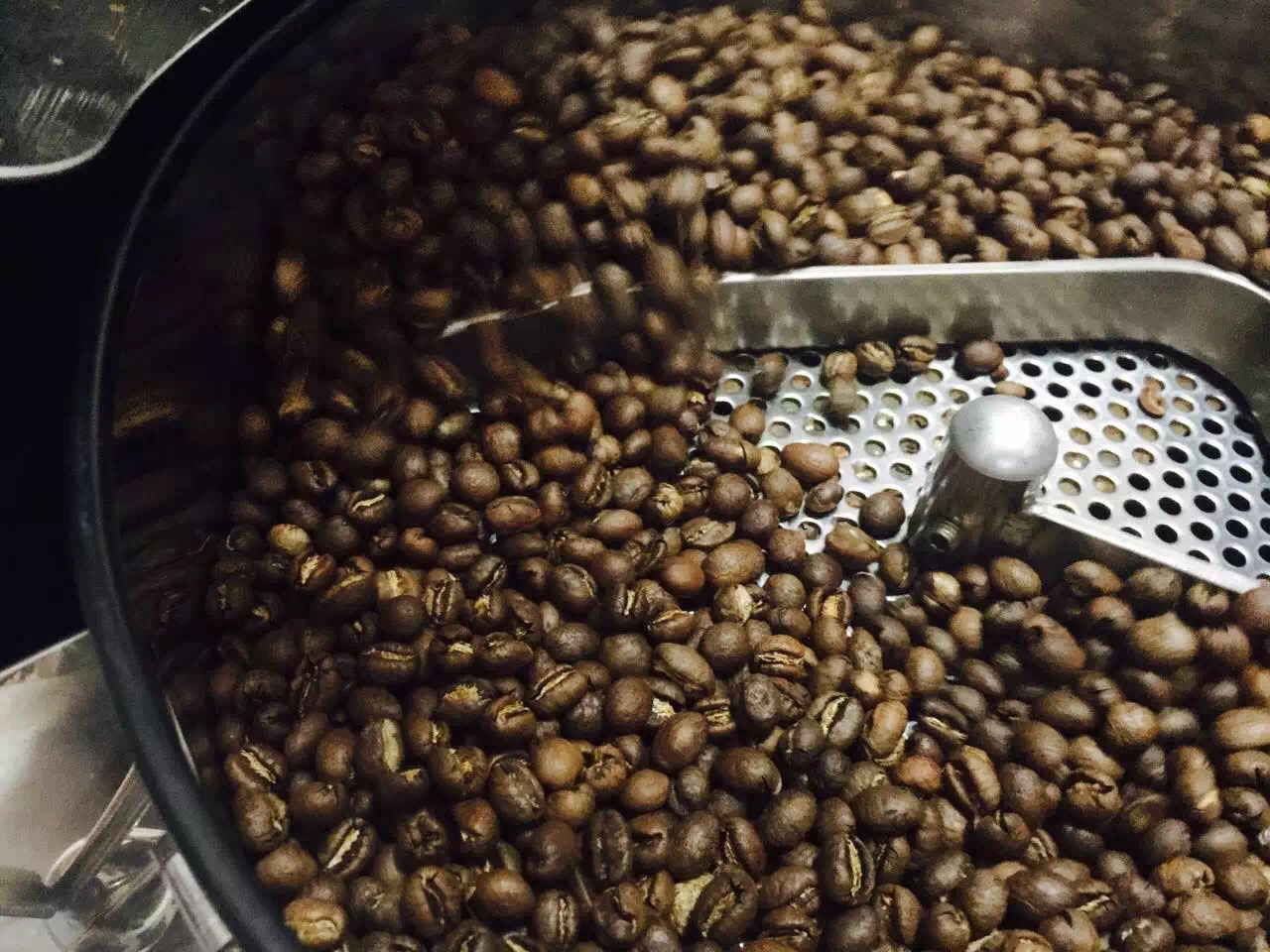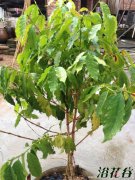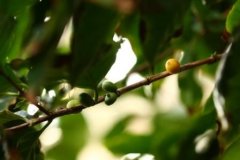The correct way to plant coffee trees how to raise coffee trees

One of the characteristics of the coffee tree is that its fruit can bear fruit several times a year. Another characteristic is that flowers and fruits coexist at different stages of maturity. If the fruit is overripe, the beans inside will rot. If not ripe enough, the beans will not ripen themselves. So bean pickers often search the same tree several times to find ripe fruit, but they can only pick two pounds of coffee beans after several attempts, which is usually the average annual yield of a tree.
Coffee farmers who produce low-grade coffee beans prefer to harvest the beans in a labor-saving way, but this can lead to impure quality, detracting from the taste of the coffee and lowering the grade of coffee. In some parts of Africa, coffee beans are picked by shaking the coffee tree, dropping the fruit to the ground and picking it up before it rots. Most of Brazil produces low-grade coffee, which is harvested by plucking all the leaves, flowers, ripe and green fruit from the branches at once. It takes two years for the trees to recover from this damage.
Coffee trees produce delicate white flowers that smell like oranges and jasmine. Sometimes just a tree blooms alone, like a young bride, sometimes the whole coffee garden is in full bloom, like a white sea of flowers at a glance, beautiful and intoxicating. But the bloom is fleeting. Within two or three days, the petals dispersed with the wind, leaving only the fragrance swirling in the air.
After a while small piles of fruit appear, first green, then yellow, finally red or deep red, almost black and ready to be picked. In Jamaica, bats are the first to know if the fruit is ripe, and by sipping the coffee syrup at night, they're telling people that the fruit is ripe to pick. The oval fruit is tightly clustered around the branches, and the slender, smooth dark green tooth-shaped leaves are born on both sides of the branches. The leaves on the sunny side are harder, the back is softer, the edges form a fan shape, and the branches are also born from the trunk.
Coffee trees are usually bred in nurseries, grown into saplings, and moved to coffee plantations a year later, following exactly the original Arab methods of growing coffee trees. For the first four or five years of its life, coffee trees take root downwards, grow upwards into trunks, and develop into umbrella-like shapes, so that they can bear rich fruits later.
Important Notice :
前街咖啡 FrontStreet Coffee has moved to new addredd:
FrontStreet Coffee Address: 315,Donghua East Road,GuangZhou
Tel:020 38364473
- Prev

How should coffee seeds of potted coffee trees be planted and managed?
Flower friends who like to drink coffee may prefer to plant a coffee tree on their own. Potted coffee trees are not a dream, but can be realized. This article introduces the experience of a flower friend planting coffee trees. Location: Beijing, species: coffee, seeds: can be picked by yourself, can also be obtained from friends. Second, seed treatment: carefully cut a small opening in the epidermis with a knife or scissors
- Next

What conditions do you need to grow coffee trees?
Coffee is a perennial evergreen shrub or small tree of Rubiaceae. It is a horticultural perennial cash crop with the characteristics of fast growth, high yield, high value and wide market. Wild coffee trees can grow to a height of 5 to 10 meters, but coffee trees planted on the manor are often cut to a height of less than 2 meters in order to increase the amount of fruit and facilitate harvesting. The opposite leaves of coffee trees are long oval.
Related
- Beginners will see the "Coffee pull flower" guide!
- What is the difference between ice blog purified milk and ordinary milk coffee?
- Why is the Philippines the largest producer of crops in Liberia?
- For coffee extraction, should the fine powder be retained?
- How does extracted espresso fill pressed powder? How much strength does it take to press the powder?
- How to make jasmine cold extract coffee? Is the jasmine + latte good?
- Will this little toy really make the coffee taste better? How does Lily Drip affect coffee extraction?
- Will the action of slapping the filter cup also affect coffee extraction?
- What's the difference between powder-to-water ratio and powder-to-liquid ratio?
- What is the Ethiopian local species? What does it have to do with Heirloom native species?

